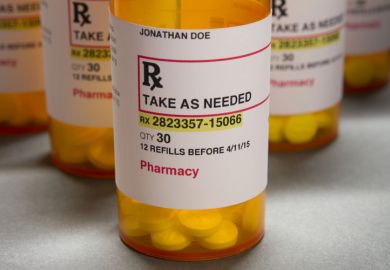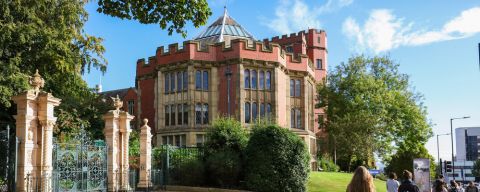Undergraduate medical education in the UK is like the sickly orphan of a millionaire. Its pockets are stuffed with cash, but there is nothing to stop grown-up attendants, charged with looking after its interests, from finding other uses for that money.
In England, medical students’ annual £9,000 fees are supplemented by a £10,000 grant from the Higher Education Funding Council for England to cover the increased costs of teaching during the later clinical years of medical degrees: years three to five of the standard five-year degree. At the same time, Health Education England (HEE) pays a separate, much larger “tariff” averaging £39,019 to the National Health Service for those same clinical years, reflecting the fact that NHS staff, by then, are doing most of the teaching.
So the current income to medical education is £192,057 per student over a five-year period, with £156,057 being paid by the state. These amounts are probably slight underestimates, as many courses now last six years, and numerous students on five-year courses intercalate an extra year.
Such high levels of funding reflect the esteem in which medical education is held, and no doubt most taxpayers and politicians assume that the money is all spent directly on medical education. However, that is largely untrue.
Universities’ internal accounting mechanisms focus on academic staff costs. In 2012, a group largely consisting of medical school academics and university administrators reviewed the financial premium paid by Hefce for clinical subjects in 2009-10. They found that, on average, only 12 per cent of costs were reported for academic staff time related to teaching.
In reality, Transparent Approach to Costing (Trac) data reveal that universities use tuition income to subsidise research in all sectors. But in medical education the cross-subsidy is particularly extreme, probably because it is disguised by the existence of double funding through the HEE tariff.
Then again, the HEE tariff was probably never intended to be used for education. There is no official guidance on its use since its current distribution levels are supposed to be merely transitional, to protect hospitals from precipitous falls in their income after the abolition in 2013 of its forerunner, the Service Increment for Teaching (Sift), whose distribution was notoriously uneven. But the official guidance for Sift explicitly stated that “it is not a payment for teaching as such” but, rather, for “supporting the teaching of medical students”. This could include meeting any “genuine and desirable costs, where there is no other more appropriate budget from which they could be reimbursed”.
In 2007, the British Medical Association investigated the use of Sift using the Freedom of Information Act. Of the 33 trusts contacted, 23 either did not respond, did not know, or did not detail how it was spent. And from the trusts that did respond, the most frequent response was that Sift funding had historically been incorporated into their baseline budgets, and its use was not recorded separately.
There is nothing about the flexible use of education funds to suggest dubious or illegal practice. Nevertheless, it does not feel right to me that funds nominally for one purpose should be diverted to other, unrelated purposes.
It is a widely acknowledged fact that most student teaching within hospitals is actually done by junior medical staff, but it is the consultants who are paid for it, out of their “supporting programmed activities” (SPA) allocation. The scope of SPA funding is quite large, covering training, continuing professional development, research, clinical governance, clinical management, activities towards revalidation, and research. All of these except research and medical education are mandatory for all doctors as a condition of their continuing registration. It seems highly likely, therefore, that those activities will be prioritised by doctors and management.
So while lots of funding is provided to both universities and teaching hospitals in the name of student education, the fungibility of that funding means that most of it is diverted into activities regarded as higher priorities. For universities, that is the research on which they are largely judged. For hospital trusts, it is plugging the overall funding gaps with which they are constantly grappling.
Moreover, universities’ willingness to cede the delivery of most of their teaching to the teaching hospital trusts makes them even less able to guarantee the quality of education that students receive. There are few mechanisms to address any decline in the standards of teaching and none to maintain or improve current standards. So if students do receive a high-quality clinical education, this happens more by chance than design, and relies on continued altruism and goodwill on the part of clinicians who have few incentives to teach, and no direct reward for doing so.
To return to where we began, undergraduate medical education in the UK is nobody’s child. It is generously endowed, but the terms of the endowment don’t ensure that the money is spent on it. In such a scenario, neglect, malnourishment and – yes – hospitalisation seem all but inevitable.
Philip Chan is a reader in medical education at the University of Sheffield Medical School.
POSTSCRIPT:
Print headline: Medical education is a rich patient at risk of being bled dry
Register to continue
Why register?
- Registration is free and only takes a moment
- Once registered, you can read 3 articles a month
- Sign up for our newsletter
Subscribe
Or subscribe for unlimited access to:
- Unlimited access to news, views, insights & reviews
- Digital editions
- Digital access to THE’s university and college rankings analysis
Already registered or a current subscriber?








